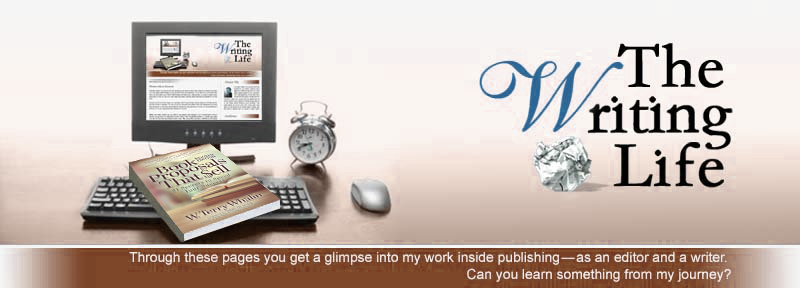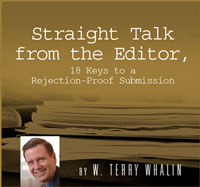By Terry Whalin @terrywhalin
It is true confession time. I
tend to be a bit of a “pack rat” (which my wife can affirm). For example, I save
magazines. Recently I sorted through a large stack of Publishers
Weekly—which arrives every week. I saved a few issues but most of
them I tossed and it felt great to get more organized. Through the years I've
learned that being organized saves time and stress. If I need something, if I've
organized it and put it in its place, then I can easily reach the particular
item. Otherwise I waste time searching for it. Admittedly it is easier to put it
in a pile—but that is not a productive action.
In the past, I used to create
little piles of paper and other things to be filed. My wife would come to my
office and wonder how I could accomplish anything since I was surrounded
with piles (and it looked chaotic). I've learned the hard way that it's better
to process and organize as I work and it makes it easier to find something as
well as takes care of it in a timely manner. It also helps my focus because I
work in an orderly and neat environment instead of chaos. Now I'm not obsessive
compulsive about the order but it is a regular part of my daily
activities.
There are an endless area of
places that need to be organized: books, magazines, articles, conference
information, book projects, book pitches and proposals from authors and much
more. Some of this material is physical and in my office. Other elements are
electronic and I need to be able to access them easily on my
computer.
I suggest you tackle organizing
different areas at different times. Maybe one day you organize a single drawer
in your desk then the next day you work on organizing your books. One of the
ways you keep from being overwhelmed is to do it a little at a time. With my
books, I have my reference books in one place and my how-to-write books in a
different area. I don't have my books organized alphabetically (like one of my
publishing colleagues used to do). I do have an area on my shelves where I keep
the majority of my autographed books. I have another area on my bookshelves
where I keep new books that I am reading and reviewing. I encourage you to
organize your books in a way which will work for you and your work habits. As
you organize, the books will be easier to locate. For example, I have several
writing how-to books about contracts and others about marketing or publicity. I
group these books together so they can be easily used.
After you get the material
organized, it is important and generally easy to maintain this order. If you
don't do maintenance, then the paperwork and other things can easily stack up
and bounce you right back to where you started organizing. The organized writer
is a productive writer and gets things done and meets deadlines. If you don't
have this skill, I encourage you to learn it and implement it in your writing
life.
From my experience in publishing,
if you are organized, it will save you time, stress and effort. What other steps
are you taking to be organized? Let me know in the comments below.
Labels: books, effective, magazines, organize, Publisher's Weekly, publishing, Terry Whalin, writing



































